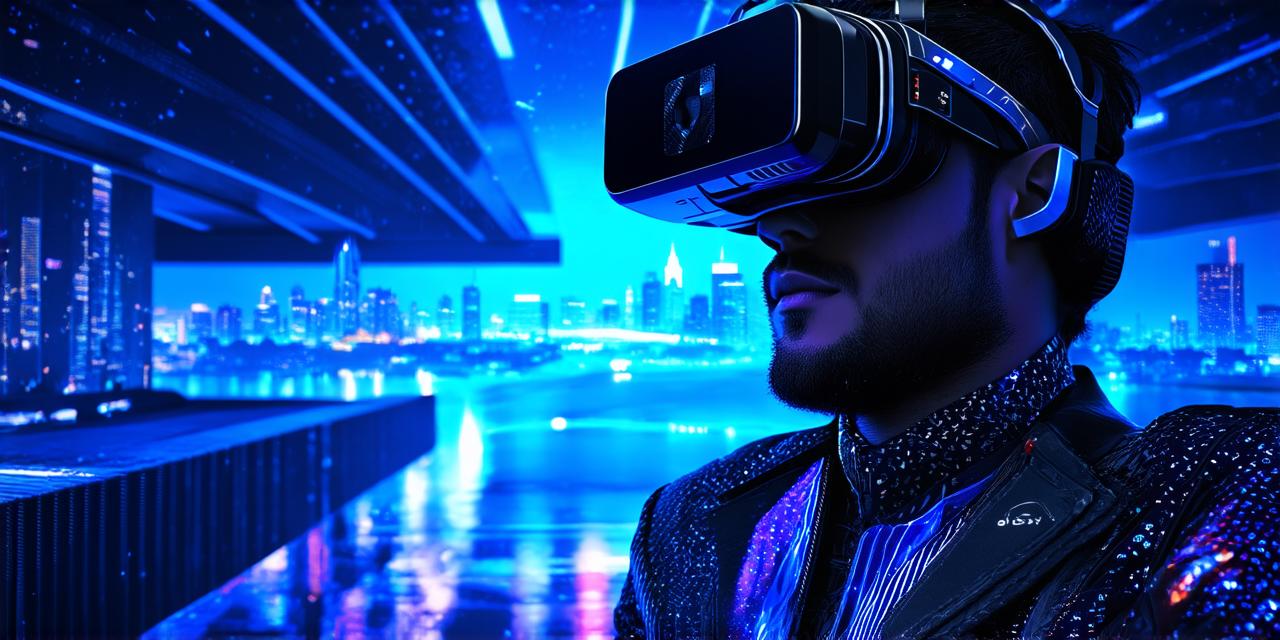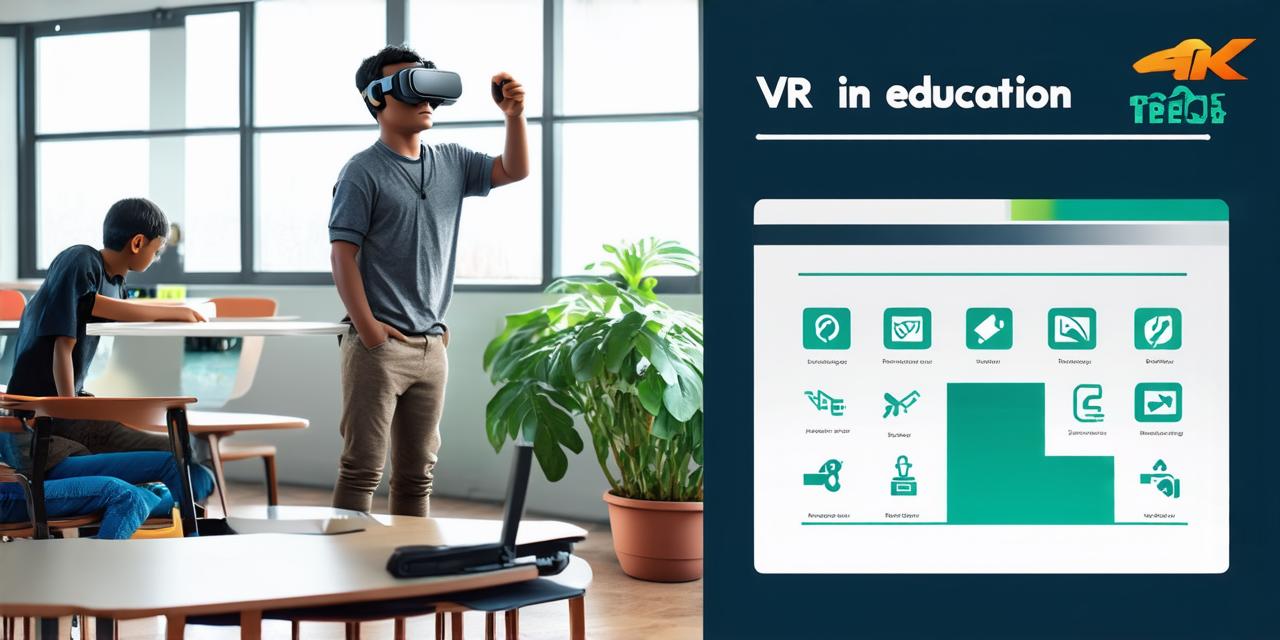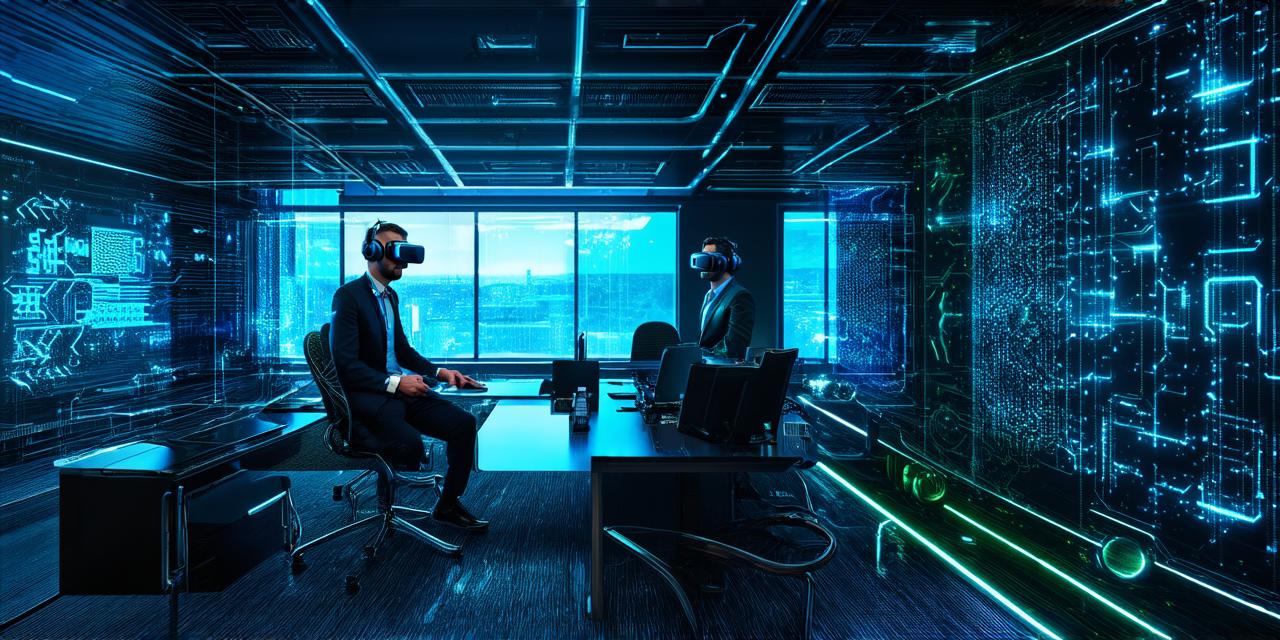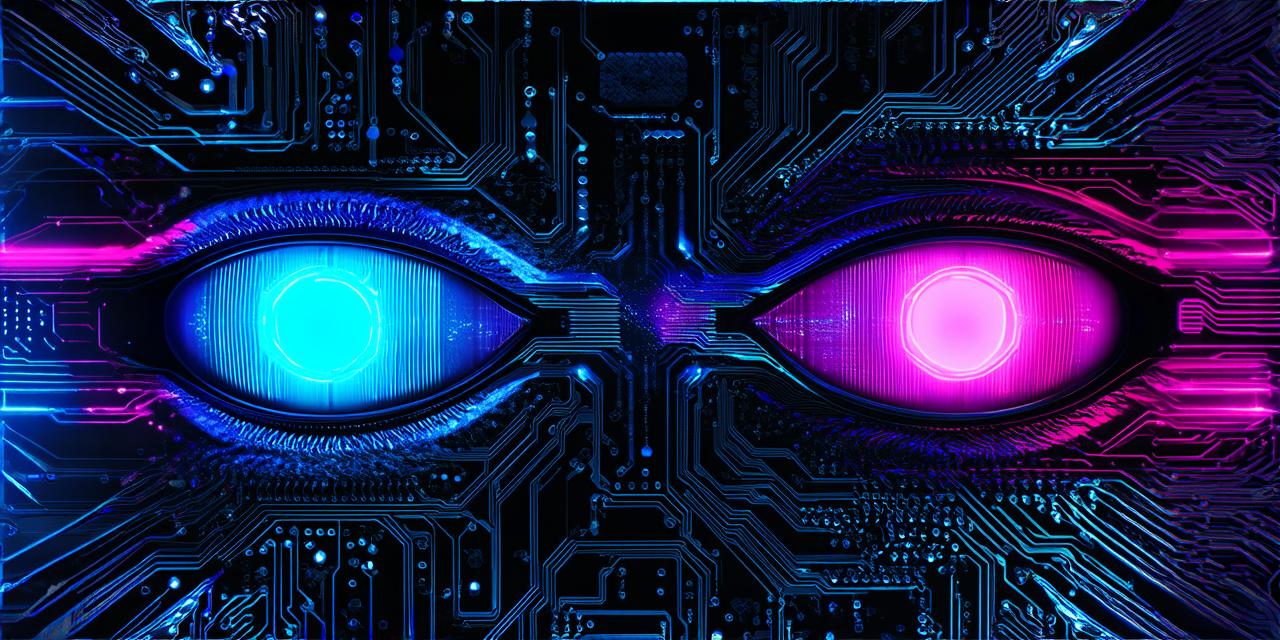Virtual reality (VR) refers to an immersive experience that simulates an artificial environment in a way that makes it seem real. It allows users to interact with this virtual world as if they were physically present, using specialized devices such as headsets and motion controllers.
What sets VR apart from other forms of technology is its ability to create a sense of presence and immersion that is almost indistinguishable from reality. This has made it an increasingly popular technology in a variety of fields, including gaming, education, healthcare, and more.
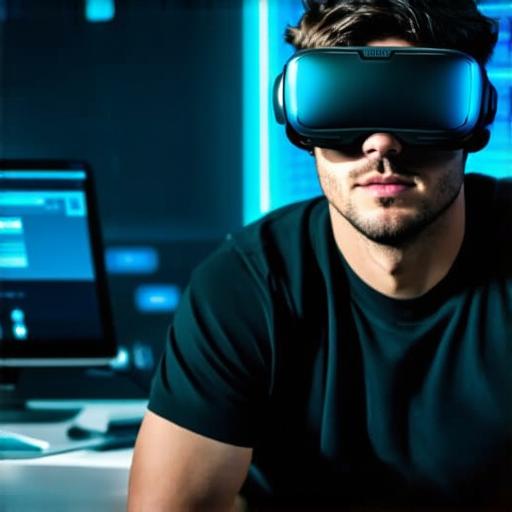
One of the key components of VR is its use of stereoscopic displays, which present images to each eye separately. This creates a 3D effect that allows users to see objects in depth and perspective, just like they would in real life. Additionally, VR headsets often include sensors and cameras that track the user’s movements and adjust the virtual environment accordingly, creating a more realistic experience.
Another important aspect of VR is its ability to simulate sound and other sensory experiences. For example, a user might hear different sounds depending on their location in the virtual world or feel a sensation of weightlessness when standing in zero gravity. These effects help to create a more immersive experience and make it feel like the user is truly in the virtual world.
One of the most exciting applications of VR is in gaming. With VR, users can enter a fully immersive game world and interact with the environment in ways that were previously impossible. For example, they might use their hands to wield weapons or solve puzzles, or they might explore the virtual world on foot or by using a virtual vehicle.
In addition to gaming, VR is also being used for education and training purposes. For example, medical students can use VR simulations to practice surgeries, while pilots can use VR to practice flying in a safe and controlled environment. These applications have the potential to revolutionize the way we learn and train, by providing a more realistic and engaging experience than traditional methods.
Virtual reality is also being used in healthcare settings to treat a variety of conditions, including anxiety disorders, PTSD, and chronic pain. For example, VR can be used to expose patients to situations that trigger their anxiety or PTSD, in a controlled environment, allowing them to gradually overcome their fears. Additionally, VR can be used to distract patients from pain during medical procedures, making the experience more comfortable and less stressful.
Overall, virtual reality is an exciting and rapidly evolving technology that has the potential to revolutionize the way we interact with the world around us. Whether you’re a gamer, an educator, a healthcare professional, or just someone looking for a new way to experience the world, VR is definitely worth checking out.
FAQs:
What devices do I need to use virtual reality?
Most virtual reality experiences require a headset, motion controllers, and a computer or gaming console with the necessary software. Some VR headsets also include built-in displays and sensors, making them more portable.
Is virtual reality addictive?
While some people may become highly engrossed in virtual reality experiences, it is not inherently addictive. It’s important to use VR in moderation and to take breaks as needed to avoid burnout or other negative effects.
Can virtual reality cause motion sickness?
Yes, some people may experience motion sickness when using virtual reality, particularly if they are highly sensitive to movement or have a history of motion sickness. However, there are ways to reduce the risk of motion sickness, such as adjusting the brightness and contrast of the virtual environment, or using anti-nausea medication.
Is virtual reality safe?
Virtual reality is generally safe when used responsibly, but it’s important to follow safety guidelines and to use caution when interacting with virtual environments. Some VR experiences can be physically demanding, so it’s important to stretch and warm up before using VR, and to take breaks as needed to avoid injury.
